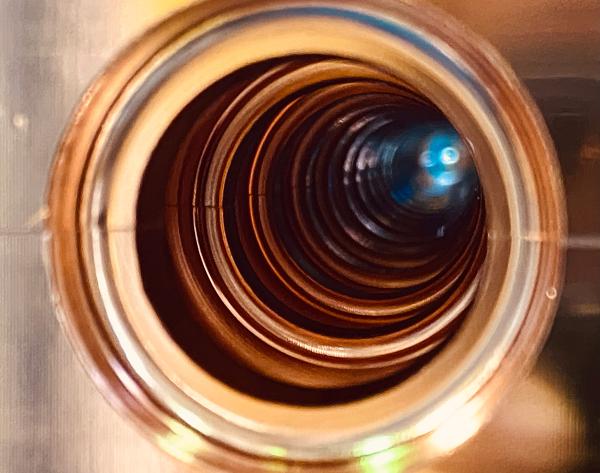
The R&D focus of the P5 recommendations offers a platform to develop “RF accelerators”, which can broadly impact the field - as we highlighted to the panel with connections across the collider spectrum (injector for FCC, synergies for an ILC upgrade, possibly synergies with muon colliders). C^3 could be proven to be a technology development that would advance existing collider proposals or a standalone one. The C3 team is looking forward to being part of the team advancing accelerator technology - we need to have several options to bring the energy frontier back to the USA, depending on what happens in other regions over the next decade.
We also want to continue contributing to studies of machine and beam induced backgrounds, prevalent in all Higgs factories, and provide insight into the low-rate backgrounds that are pertinent in the large datasets of future e+ e- machines.
What is C3?
C3 is an advanced concept for a high energy e+ e- linear collider. The design leverages a cryogenic copper distributed-coupling accelerating structure to lower the operating cost and create an efficient, compact and cost-effective collider.

C3 Design
C3 is planned to run at 250/550 GeV center of mass to study Higgs boson's properties. C3 fits in an 8 km footprint. The energy upgrade is accomplished with only the addition of more RF power sources.

Next Steps
Three white papers were submitted to explore this concept through the Snowmass process. The next steps for C3 include:
- Main Linac R&D remains a significant focus over the timescale of the next P5
- Develop and verify the performance of GeV cryomodules
- Beamline dynamics, alignment and vibrations
The C3 technology has many applications for FEL's, Oncology, Cargo Inspection, electron sources, and industrial use.
